Hydraulic clutches, like all clutches, are designed to either connect two shafts, locking them together to spin at the same speed, or to decouple the shafts, allowing them to spin at different speeds, as is necessary to shift gears or decelerate. Read More…
All World Machinery Supply offers high-quality, affordable pumps, motors, and power units from reputable brands like Daikin, Nachi, Eaton, Tokimec, NOP, Grundfos, Yuken, and Fuji . Our team of representatives and engineers can find or cross any pump/mortor to what you are looking for. We can even help you design a custom application suited to your fit your needs.
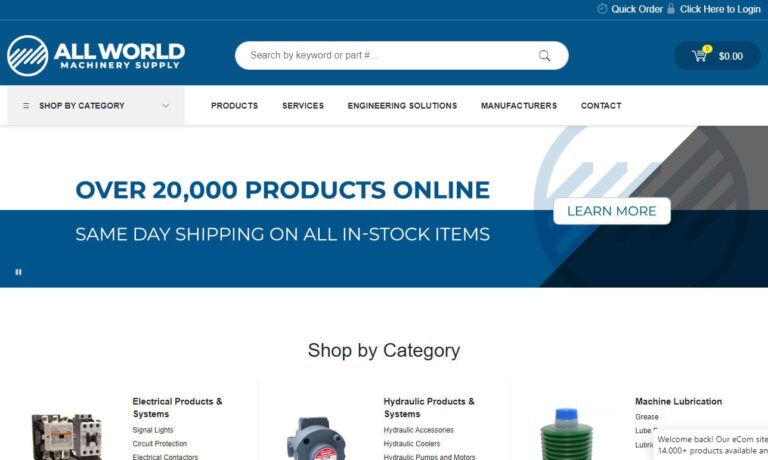
Perfection Hydraulics manufactures, distributes, and services hydraulic cylinders, hydraulic pumps, hydraulic valves, hydraulic gear pumps, and other hydraulic components for heavy equipment. Our products provide you with the best value available for today’s dynamic industry. With our reputation for quality and reliability, you can rely on us for your heavy duty hydraulics needs.

Enerpac is the global leader in high-force tools and equipment used in industrial markets. Our focus is to provide our customers with the most extensive line of products and accessories that maximize force to increase productivity and make work safer and easier to perform. Our comprehensive family of tools and equipment deliver reliable and dependable performance for any industrial segment.
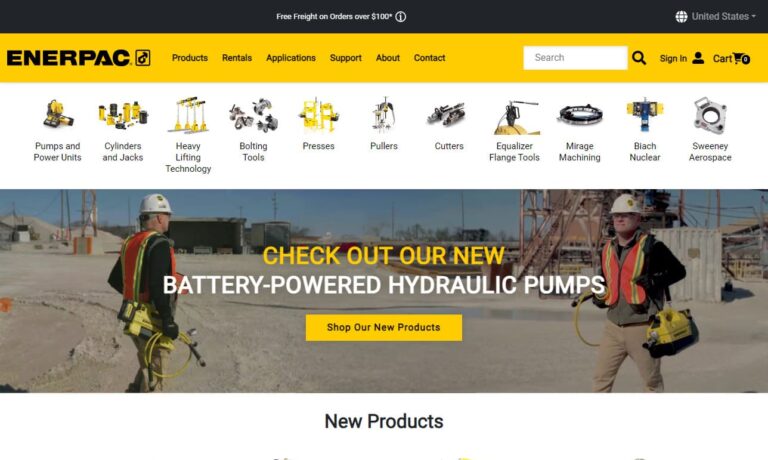
Over 50 years, Hydro Leduc has developed more than 100 patents because of our passion for innovation in the hydraulics field. We find solutions to our customers’ most complex and demanding applications for piston pumps, hydraulic motors, hydro-pneumatic accumulators and custom hydraulic components.

More Hydraulic Clutch Pump Manufacturers
Hydraulic pumps, when used in clutch systems, use incompressible fluids, such as oil, to transmit the force necessary to connect and disconnect an engine to the transmission's input shaft. Clutch systems such as these are used in agriculture, automation and robotics, transit, automotive, transport, military, aerospace and construction industries among others. All kinds of engines and lift systems, ranging from conveyor belts to snow plows and tractors, utilize the power of hydraulic pumps to effectively move heavy loads with minimal effort.
Because these assemblies are used in vehicle power steering and breaking systems, it is essential to select the proper pump for a given application. Considerations include torque rating, power, diameter, cross-sectional width, length, weight, rotational speed and maximum pressure. Additionally, application-specific hydraulic clutch pumps may be either spring-actuated or spring-return. The former requires pressure to disengage the input shaft while the latter uses the hydraulic fluid to engage the power source.
Despite their close connection with engine components, hydraulic clutch pumps are generally foot or hand-powered pumps. In a basic vehicle design, the clutch pedal is used to engage a hydraulic piston pump. The pump may be mounted directly to the clutch, or mounting brackets may be used. Compressing the pedal forces a piston into a hydraulic cylinder, pressurizing the hydraulic fluids already in the enclosure.
The mechanical energy created in this manner is transferred from the engine to related devices such as the transmission and drive wheels, allowing the driver to steer, shift and decelerate as needed. When the clutch is released, the piston is withdrawn. This action draws in hydraulic fluid from a reservoir, which will be compressed with the next engagement of the pedal.
The engine environment and close proximity to possibly corrosive hydraulic fluids necessitates pump components be made of materials that can handle high temperatures created by friction as well as stand up to corrosion. Die cast stainless steel and cast iron components are popular choices, though ceramics such as silicon carbide and alumina are also applicable in some instances. The fluid used must be compatible not only with the hydraulic clutch pump parts but also with the engine itself. Pumps may be mounted directly to the clutch, or mounting brackets may be used.

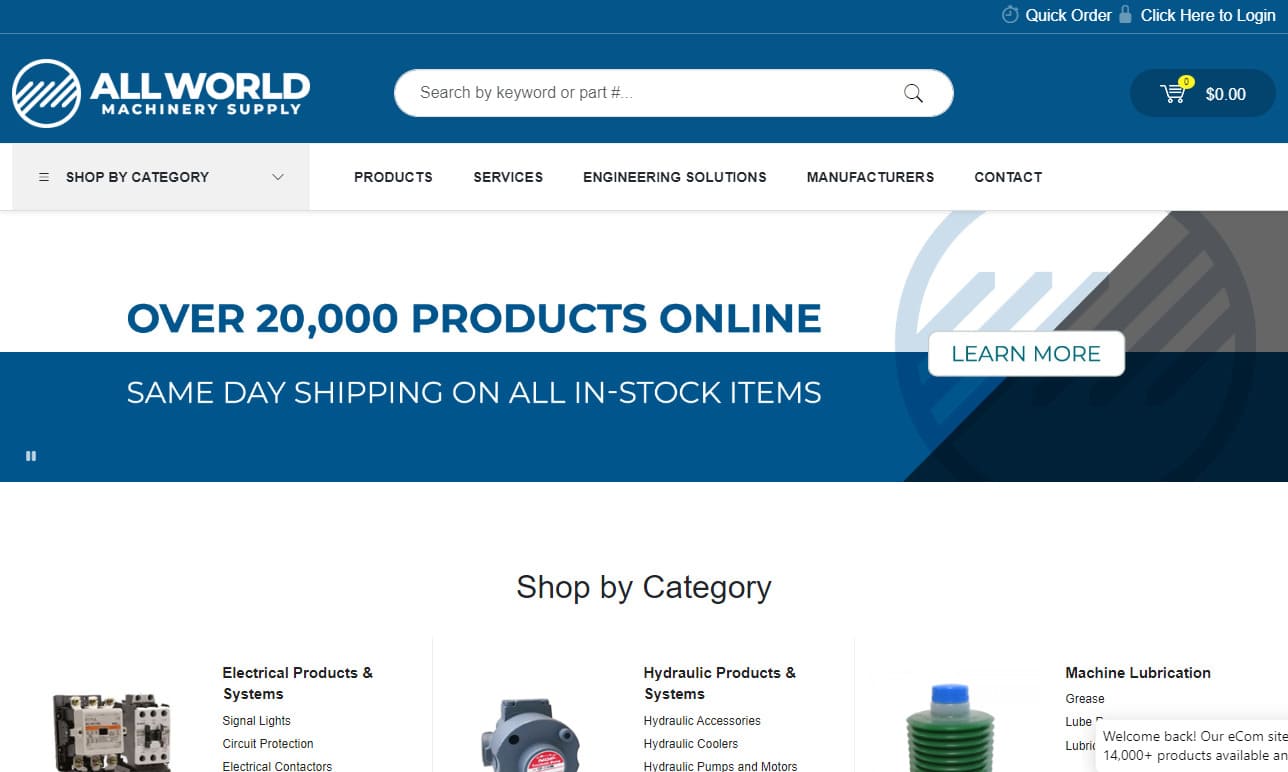
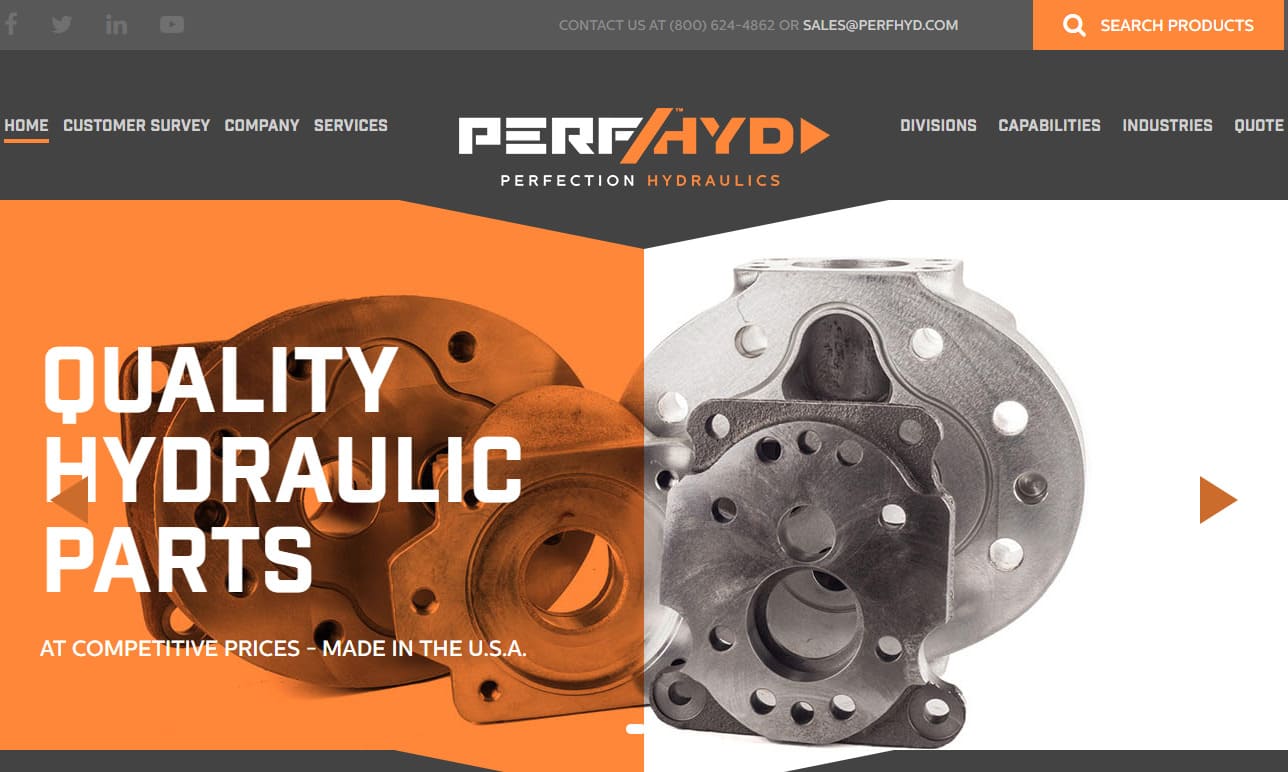
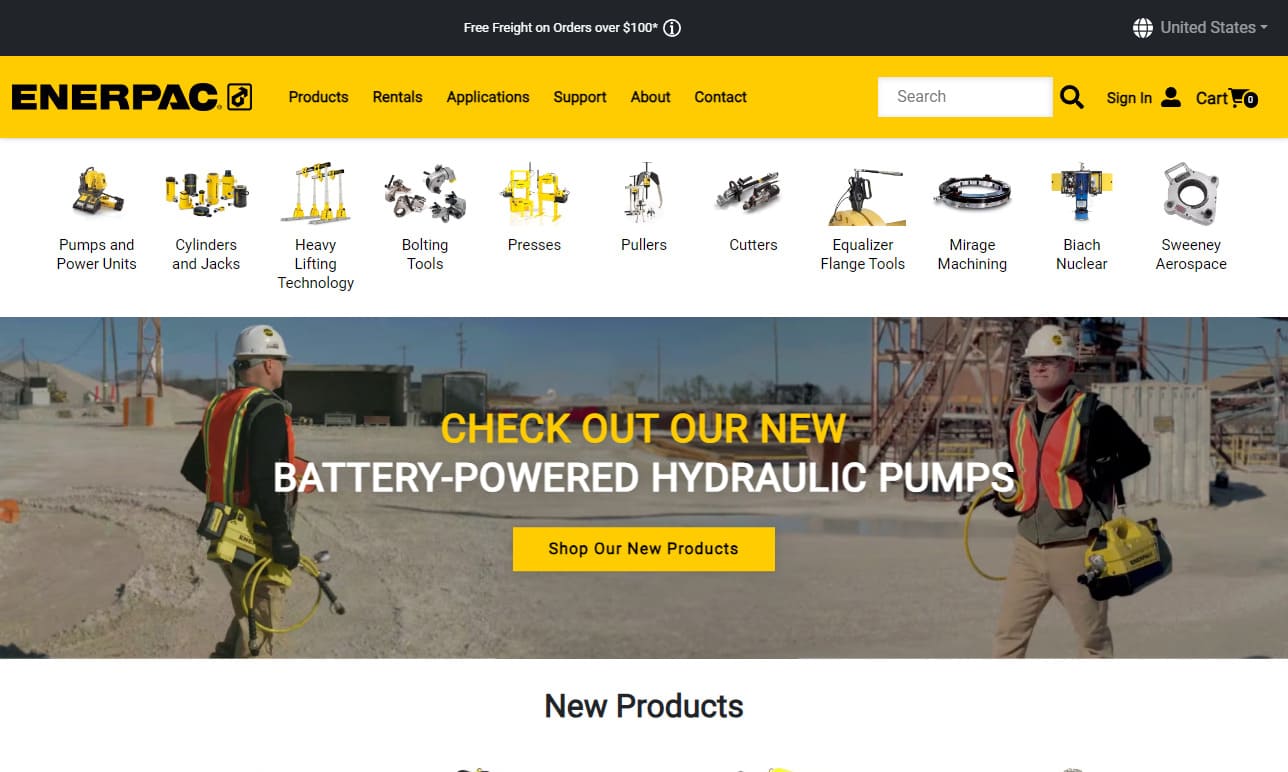

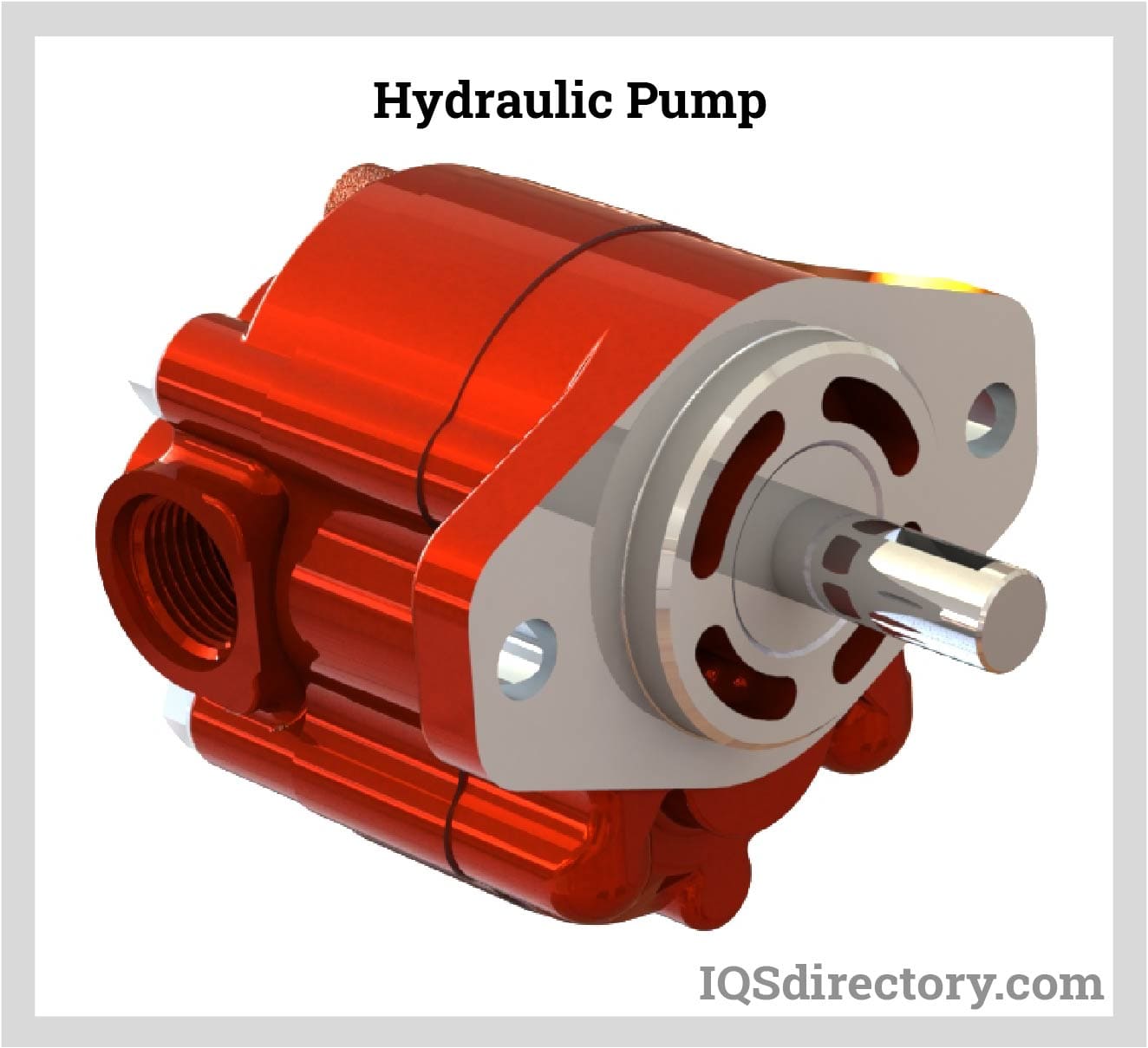
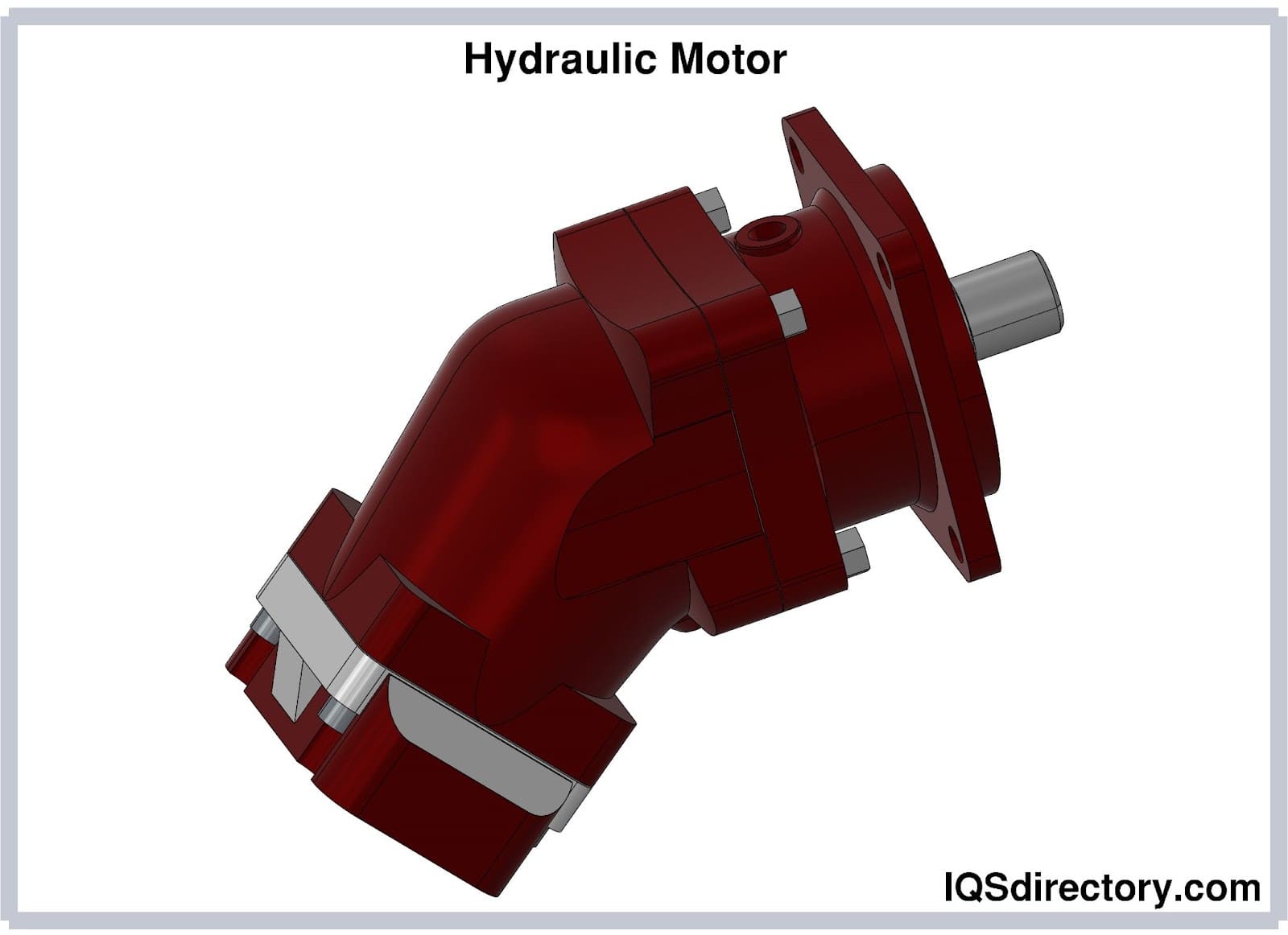
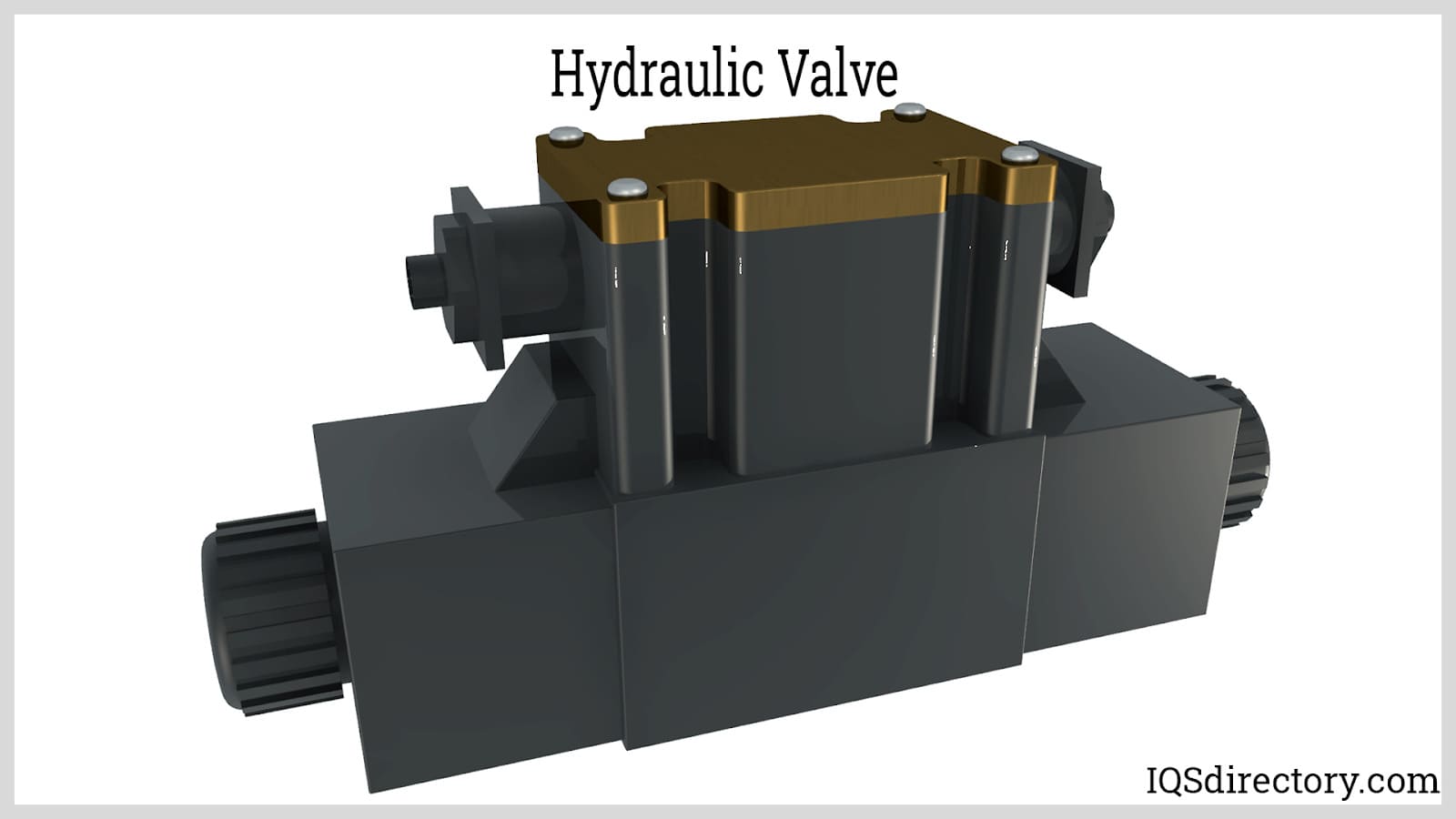
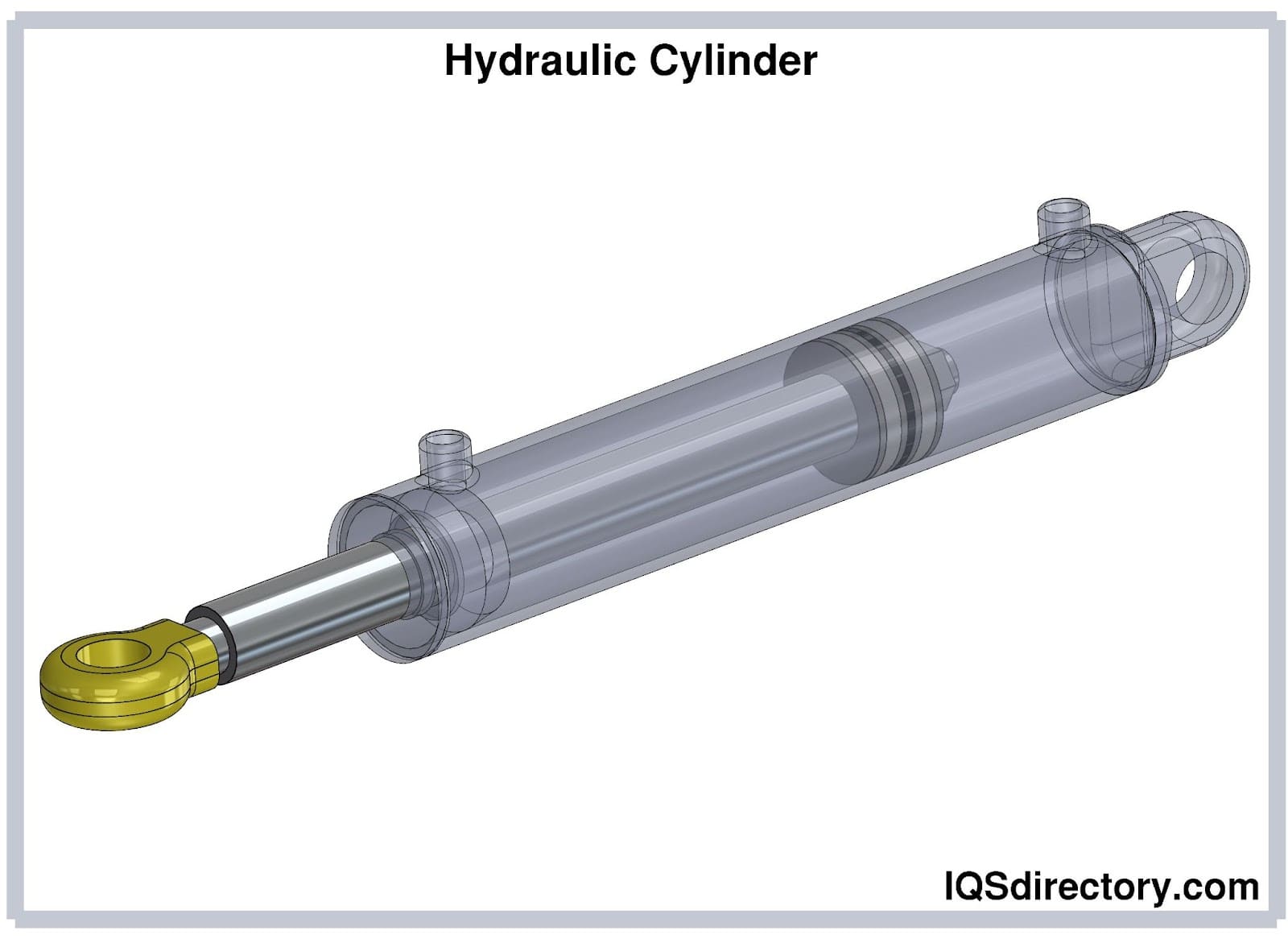
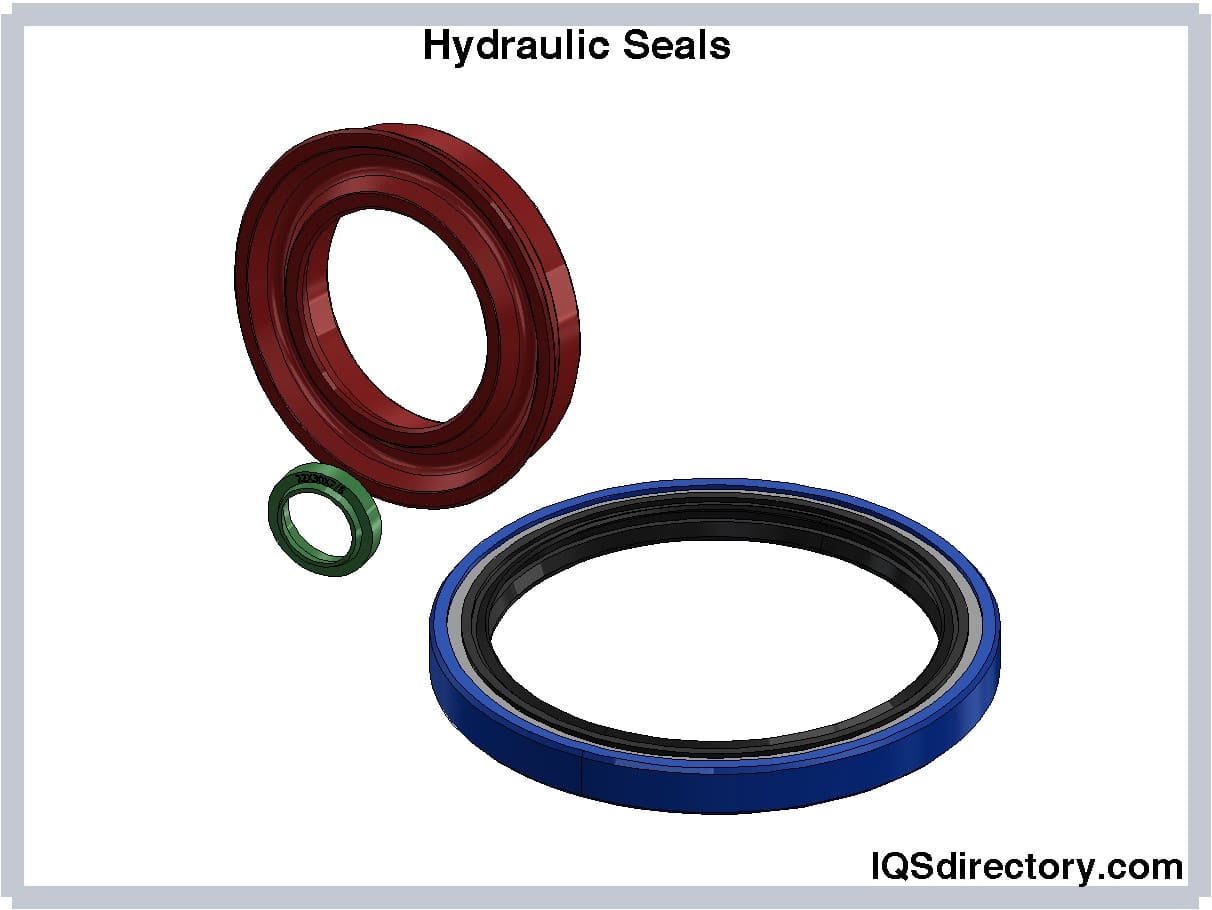
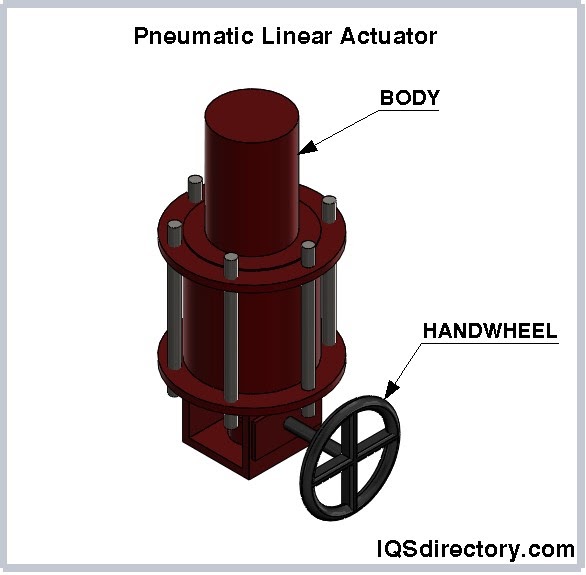
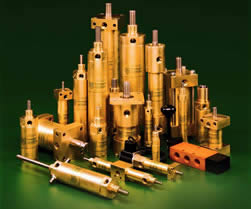 Hydraulic Cylinders
Hydraulic Cylinders Hydraulic Lifts
Hydraulic Lifts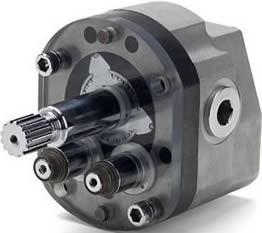 Hydraulic Motors
Hydraulic Motors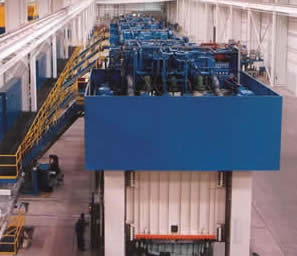 Hydraulic Presses
Hydraulic Presses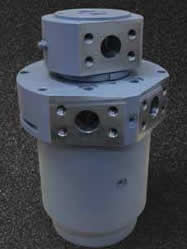 Hydraulic Pumps
Hydraulic Pumps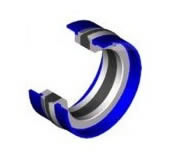 Hydraulic Seals
Hydraulic Seals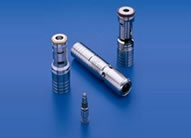 Hydraulic Valves
Hydraulic Valves Castings & Forgings
Castings & Forgings Bulk Material Handling
Bulk Material Handling Electrical & Electronic Components
Electrical & Electronic Components Flow Instrumentation
Flow Instrumentation Hardware
Hardware Material Handling Equipment
Material Handling Equipment Metal Cutting Services
Metal Cutting Services Metal Forming Services
Metal Forming Services Metal Suppliers
Metal Suppliers Motion Control Products
Motion Control Products Plant & Facility Equipment
Plant & Facility Equipment Plant & Facility Supplies
Plant & Facility Supplies Plastic Molding Processes
Plastic Molding Processes Pumps & Valves
Pumps & Valves Recycling Equipment
Recycling Equipment Rubber Products & Services
Rubber Products & Services